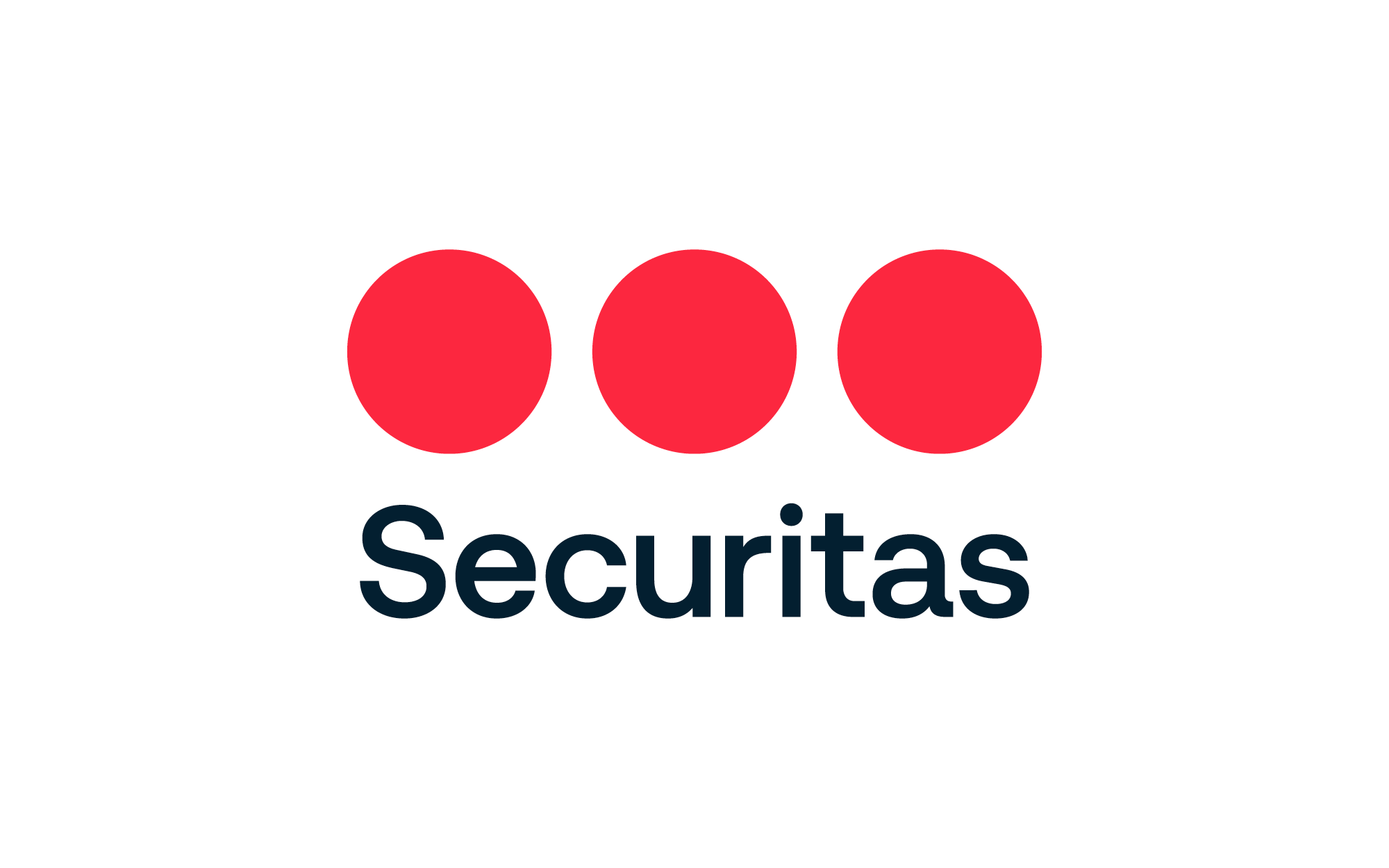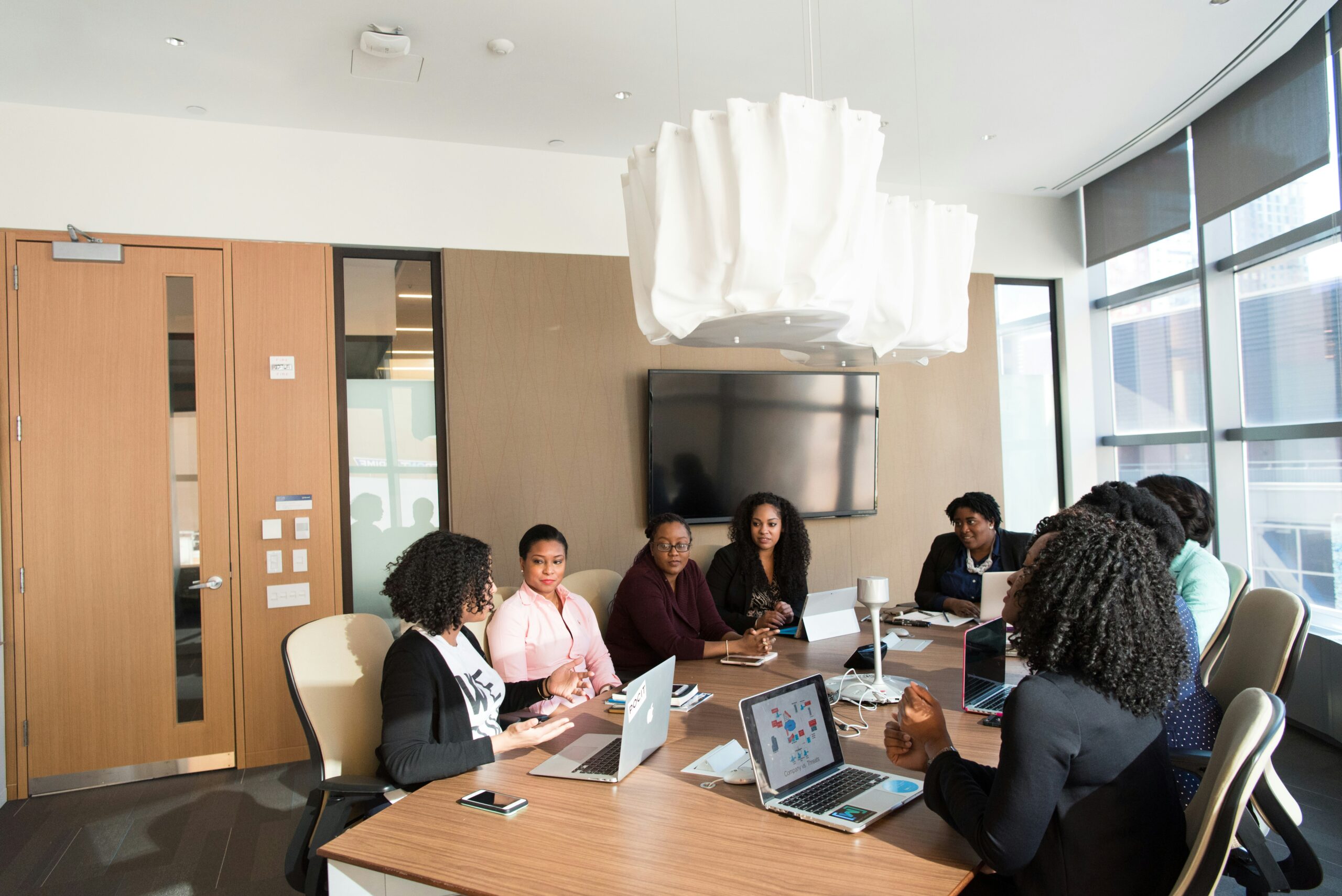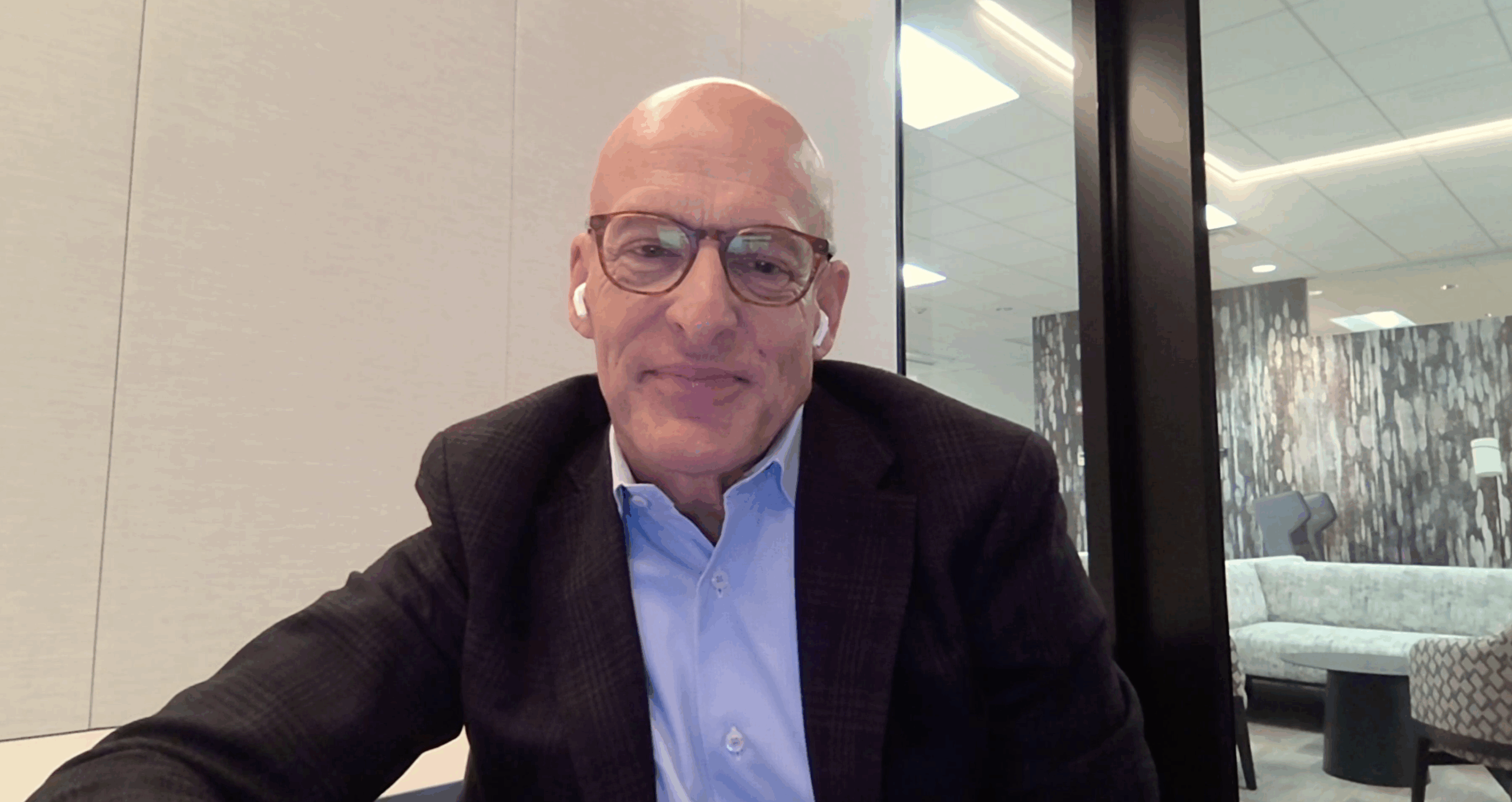Coaching for employee growth is big business. In 2021, the market for coaching in the US is projected to reach $11.6 billion. But as many businesses are discovering first-hand, coaching programs are not effectively meeting their learning and development goals. There was a time when coaching was a sufficient solution for many; but as company dynamics have evolved in recent years, it’s no longer the go-to easy fix for HR managers to check off their list. To truly get the results they’re after, businesses need to look at–and address–the challenge differently.
The Era of Coaching
The concept of professional coaching has been around since the 1980s. At that time, it made sense to hire somebody who was more of a guide than a specialist.
Over the last century, many employers subscribed to the concept of ‘positional leadership’. In this system, the leaders of a company were the managers, and the people doing the operational tasks were the professionals. The expertise belonged to the professionals, while the managers had to know how to lead.
For those managers experiencing difficulty or wanting to rise up, leadership coaching was a great way to develop. The ‘clean coaching’ method (which is still in use today), enabled an employee to “discover their own authentic path.” The thinking was that a coach should not be an expert in any specific professional area, since it may lead to bias. Instead, they should ask questions and give general advice as part of a collaborative partnership that would likely take at least six months to achieve results. With coaching, managers could develop the well-rounded, generalist talents required for taking care of the big picture.
Get Skilled or Get Killed
But now, things have changed. Coaching by itself is no longer enough. Businesses need an expanded set of tools and experts to make sure that employees keep their competitive edge–which includes a combination of hard and soft skills.
According to Gartner, there has been a leap in the demand for new skills required by numerous industries. The number of skills that employees had in 2017 account for less than half of the number of skills they need today. They have had to supplement existing skills by learning new ones, and fast. This rapid development translates into a requirement for continuous L&D programs that specifically target cutting edge subjects.
Moreover, these industries have difficulty in preparing employees for future skill needs. For example, HR departments can attempt to predict what skills employees will require, and implement preemptive programs. But with this method, only 37% of the new skills are actually applied because the predictions are mostly wrong. Instead, businesses need to adopt a dynamic approach in which L&D programs are essentially built and applied in “real time”.
The sheer volume of topics that a modern worker needs to learn requires a mixture of L&D professionals. There are technical areas, interpersonal skills, organizational issues, and individual objectives that employees will want to tackle. Each topic can require a different style of learning, time period, and resource allocation.
A successful L&D strategy must lead to hiring the experts who are the most relevant to the skills that are required. That’s why coaches are still important, but no longer sufficient on their own. In addition to coaches, organizations also need to involve mentors and trainers in a variety of backgrounds to provide instruction of different types according to the employee, role, company, and product. If an employee wants to enhance their communication abilities, that’s a soft skill which requires a coach. But if an employee wants to learn how agile development works within their firm, a mentor is a better choice for this technical skill.
Reframing the Problem & Solution
The founders at GrowthSpace realized that current L&D practices are not working; one of the reasons for this is the use of the wrong tool for the job. Catch-all coaching programs are hit or miss, difficult to scale, and hard to measure. Employees tend to assess their experience with a coach in terms of how the experience felt, instead of some concrete measure.
The solution requires defining the specific challenge and finding the best expert to address it, whether that’s a coach, trainer, mentor, or someone else. However, as Gartner explains, HR departments are simply not set up in a way that accommodates diverse training needs. They do not have a means of identifying near-future skill requirements or of understanding the specific L&D demands of individual employees.
Instead, HR departments administer general courses to groups in a one-size-fits-all strategy. For managerial training, they tend to rely on long-term coaching engagements. These approaches are totally incompatible for an environment where workers need frequent skill upgrades according to individual requirements. Moreover, long term, large scale L&D initiatives are difficult to assess in terms of effectiveness.
That’s why GrowthSpace has built a new system to understand, apply, and measure development programs. In essence, they became the market expert at utilizing experts:
Comprehensive Expert Matching and Program Creation
GrowthSpace uses a proprietary algorithm to search its huge (and expanding) database of experts to match employee training needs to the right coach, mentor, or trainer.
Because GrowthSpace has such a wide range of experts, it can handle an extensive range of L&D programs. If a salesperson requires a mentor to learn about upselling, GrowthSpace will have their number. If a mid-level manager has trouble prioritizing tasks, GrowthSpace will find just the right coach to help with that particular soft skill. In this way, an organization is set to supply the most up to date L&D programs and ensure that their staff has all the right skills.
Practical Assessment Methods
With an L&D staff that is optimally suited for its purpose, quality measurement is much less difficult to accomplish. For instance, it is easier for an employee to assess a short-term, goal-oriented mentorship program than a half year coaching effort that has covered multiple subjects, and which takes time to take effect.
Coaches are fantastic, and they help people around the world excel in their careers. But not everyone needs a coach; they need their personal challenge defined and the right expert chosen to guide them through that problem. GrowthSpace is the only platform that lets you scale L&D the way you would for one employee, to hundreds or even thousands of employees. And it’s the only L&D platform that lets you measure and analyze the effectiveness of your learning and development efforts: no more crossing fingers and praying that it works.




